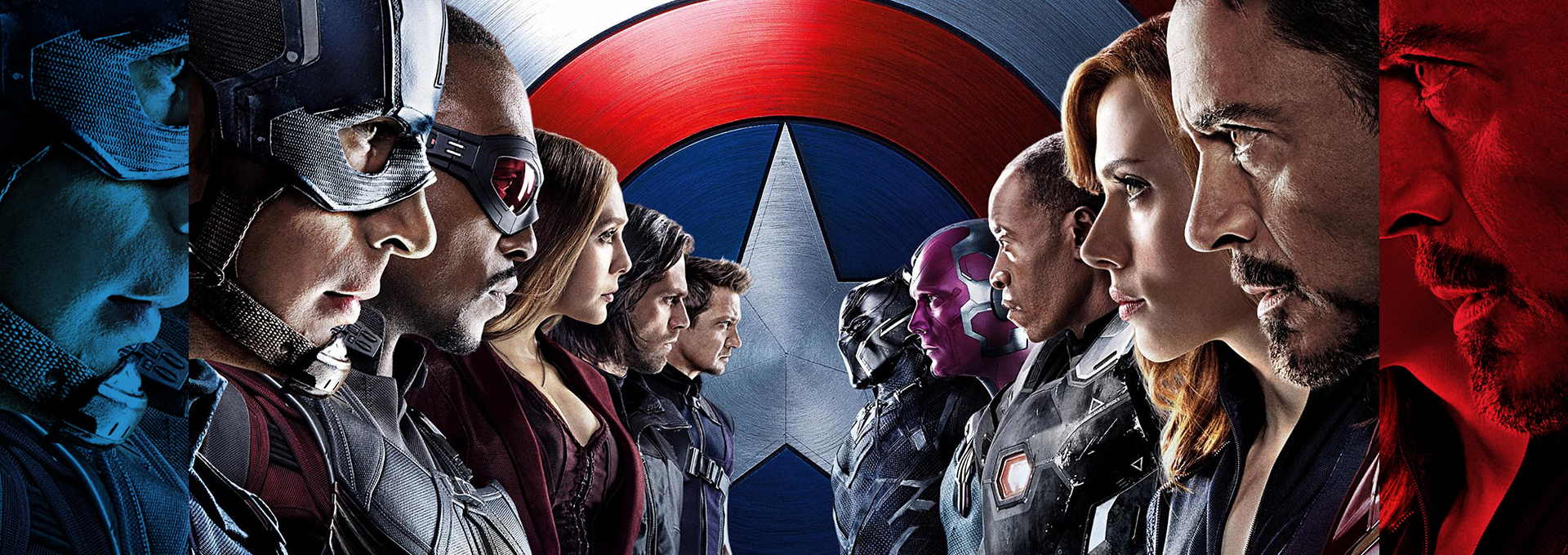As 2020 approaches, fans look forward to Phase 4 of the MCU, which will be an unprecedented combination of six theatrically released films and seven to eight episodic television series on Disney+, as of right now. This a bold approach to something that has exclusively succeeded as cinema before 2020. Will this be a success far beyond expectations, or will it only be a partial success, with the cinematic releases continuing to generate major financial returns while the Disney+ series merely sustain themselves? Only time will tell.
Meanwhile, as 2019 ends we can look back on what the MCU has already accomplished during its most recent Phase 3, which has resulted in billions of box office dollars for Marvel Studios and its parent company Disney over the past four years.
But where did this idea to create a unified cinematic universe of Marvel superheroes come from anyway, as if you needed to ask? Stan Lee as the Editor-in-Chief and principal writer of Marvel Comics in the 1960s didn’t pioneer the shared universe concept – superheroes had been sharing worlds ever since Batman first teamed up with Superman in DC’s comicbook title World’s Finest Comics in 1941. Even before that, groups of heroes under the same company banner joined together for epic one-off stories, like when Namor the Sub-Mariner first faced off against his natural opposite the Human Torch in issues #8-9 of Marvel Mystery Comics in 1940.
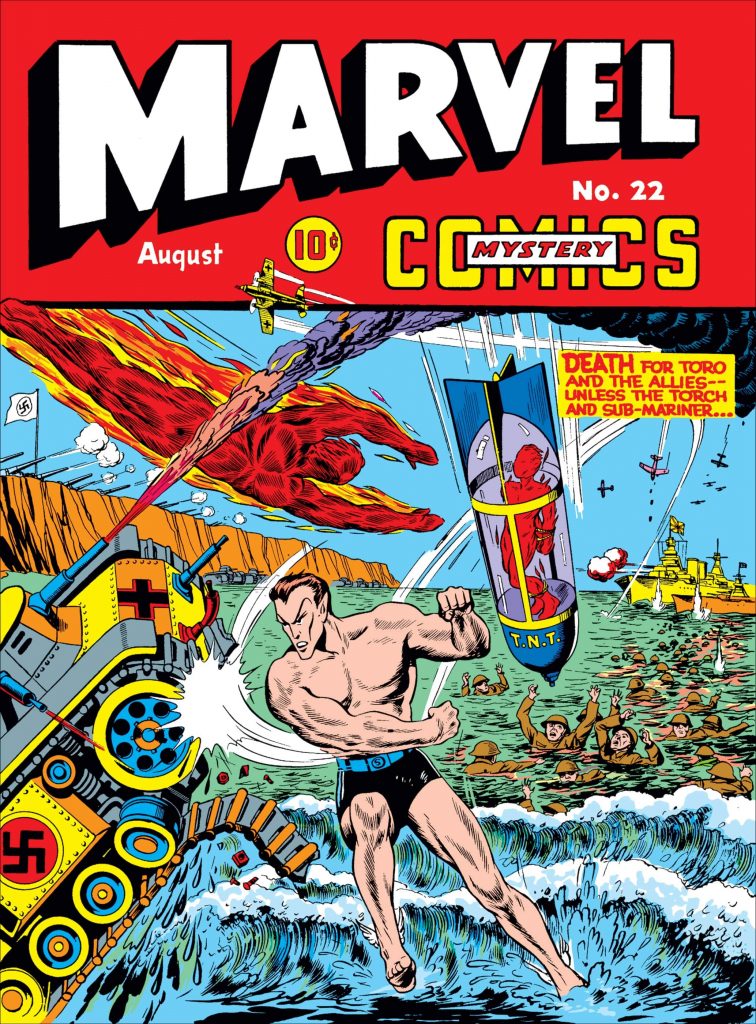
Or when the popular heroes of All-America Comics (which later merged with National Comics to become DC comics) came together to form the Justice Society of America in All-Star Comics #3. However, Stan Lee both grounded and expanded the concept.
First of all, since Stan wrote most of the books that the characters appeared in, a guest appearance in another title he wrote was easy to manage. Second, Stan set all his superhero stories in his home and work city of New York, although the fictional Central City was used in the very earliest issues of Fantastic Four. This made occasional guest appearances by other heroes easy and believable. Third, he used such crossovers sparingly, such as Spider-Man’s attempt to become a member of the Fantastic Four in Amazing Spider-Man issue #1 (1963) or the epic confrontation between Daredevil and Namor the Sub-Mariner in Daredevil #7 (1965).
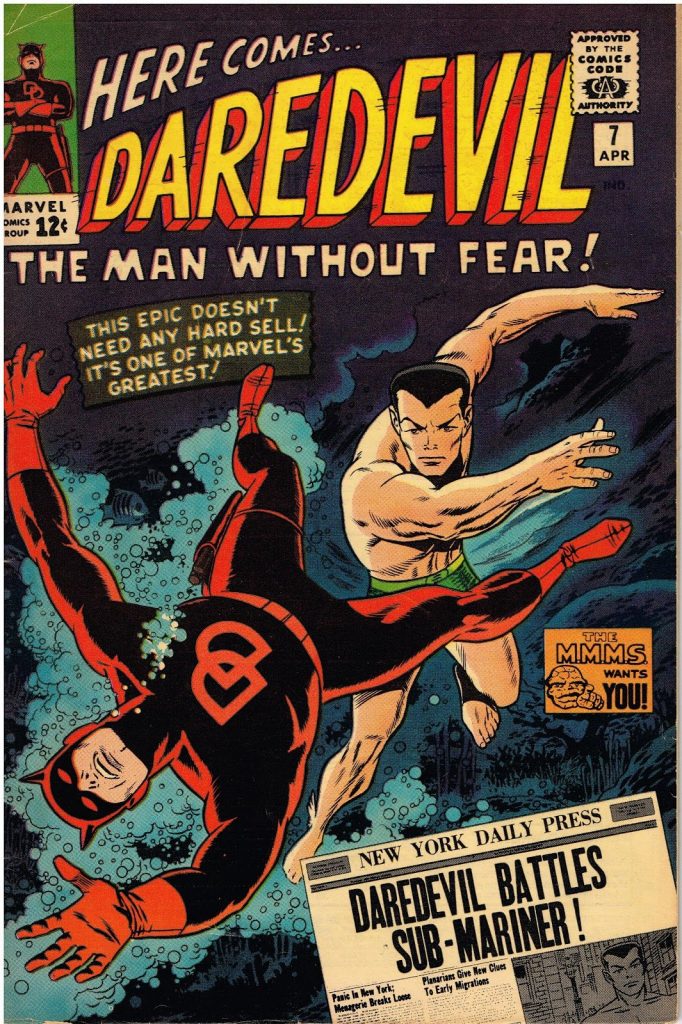
The major exception was the Avengers title, which was meant to be a gathering of Marvel’s most powerful and popular heroes against threats no single hero might overcome (evidently both the FF and the Avengers were out of town when poor DD had to fend off the mighty Sub-Mariner all on his own). As the 1960s progressed, these shared universe stories remained infrequent but always unexpected, as Stan tried to keep his readers on their toes and entertained. And it kept ‘em buying as many of the Marvel titles as they could each month.
After Stan left day-to-day editing and writing duties to be Marvel’s publisher and public face in the 1970s and 1980s, the Marvel shared universe continued to grow. But it soon became evident it might have been more to spike sales than to serve the stories. Characters such as the ever-popular Spider-Man would guest star in any given book whose sales might be dropping. Spider-Man has probably made the most guest appearances in other Marvel titles over the decades, that is until Wolverine became extremely popular in the 1980s and 1990s. In fact, Spidey had his own title dedicated to sharing the stage with feature heroes called Marvel Team-Up, which ran from 1972 to 1985.
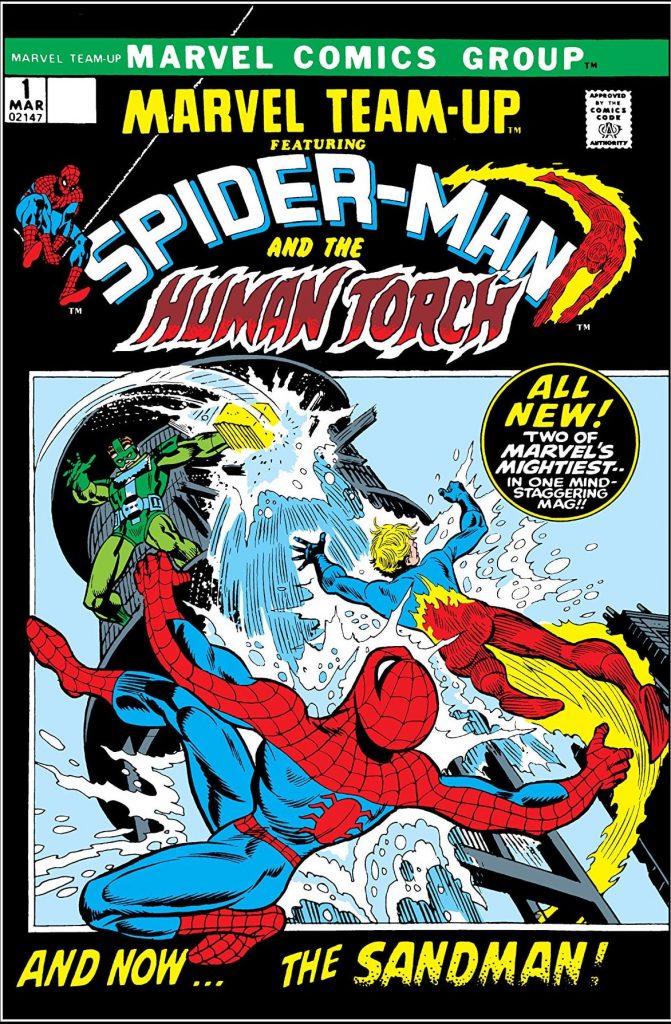
The Marvel comicbook universe has continued this tradition of a shared universe ever since Stan and his co-creators Jack Kirby and Steve Ditko, Larry Lieber and Roy Thomas, etc., refined the concept in the 1960s. This eventually made company-wide crossover events such as Secret Wars, Onslaught, and Civil War possible. Which brings us back to the MCU, which featured movies inspired by these comicbook crossovers, such as Civil War.
Marvel Studios President and now CCO Kevin Feige carefully and deliberately applied the idea of a Marvel shared universe to the films. Phase 3 began with the MCU debut of Spider-Man, who, thanks to a joint agreement with Sony, could now appear in Marvel Studios movies. His guest appearance at the side of Tony Stark and the government in Captain America: Civil War (2016) set up the conflicts and relationships that were spectacularly delivered on four years later in Avengers: Infinity War and Avengers: Endgame. Tellingly, the movie that ended Phase 3 of the MCU, Spider-Man: Far From Home, also featured the famous character.
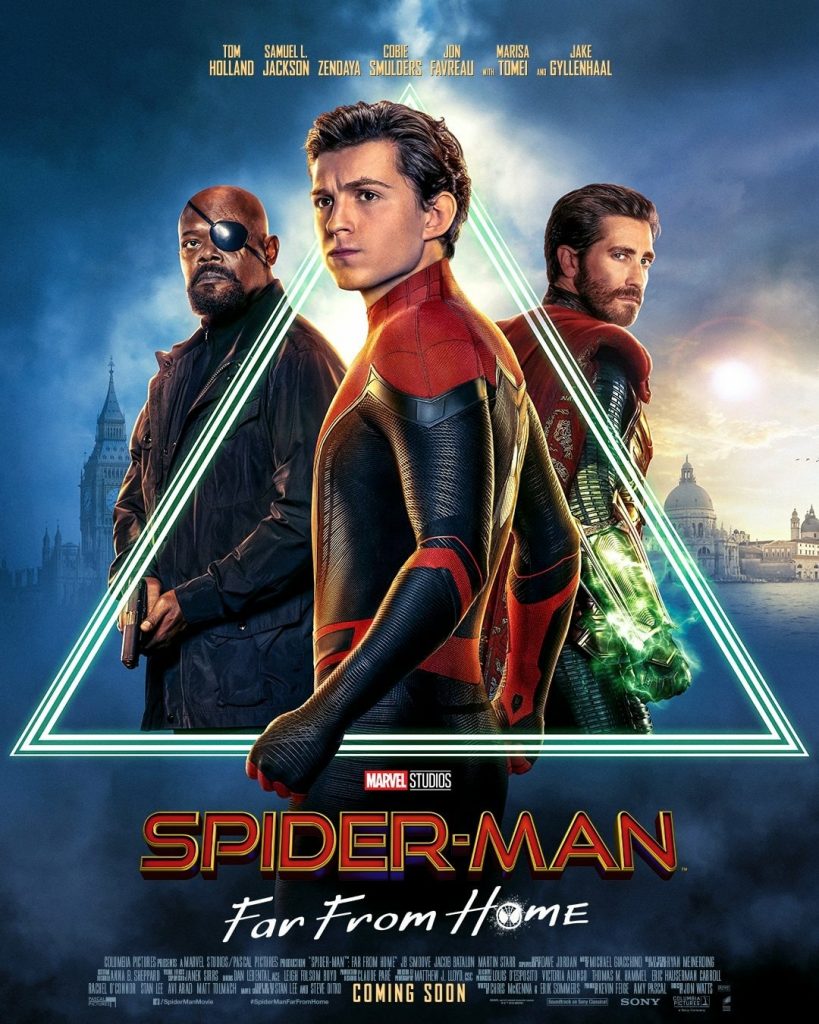
This almost became the final movie of the shared Spider-Man agreement between Marvel Studios and Sony as disagreements between the two industry giants were made public. But cooler heads prevailed, as did an emotionally distraught Tom Holland, who helped broker a new agreement between the two companies with his dedication to and love for the Spidey character and the fans that have supported him. This means we will see more of Holland’s Spidey in Phase 4 of the MCU.
Though Phases 1 and 2 of the MCU consisted of six films each, Phase 3 consisted of an incredible 11 films over four years (2016-2019)! This will be a feat that Marvel Studios will find hard to repeat. Maybe the reason that many aspects of the upcoming Phase 4 of the MCU will be explored in episodic television is that it might be the only manageable way to accomplish something equivalent to what was so miraculously accomplished in Phase 3 by the films alone.
Phase 3 brought together nearly every established aspect of the MCU during that final battle with Thanos in Endgame. After that climactic film, we had a relatively quiet denouement in Far From Home. Phase 3 accomplished all that Marvel Studios had set out to do. It maintained a rich and stable shared film universe for the Marvel heroes to work and play in. And it also presented new story elements via the Infinity Stones for the expanding Marvel Multiverse to come in Phase 4. In the prophetic words of the wise and powerful Ancient One in Endgame: “The Infinity stones create what you experience as the flow of time. Remove one stone and that flow splits. Now, this may benefit your reality but my new one, not so much.”
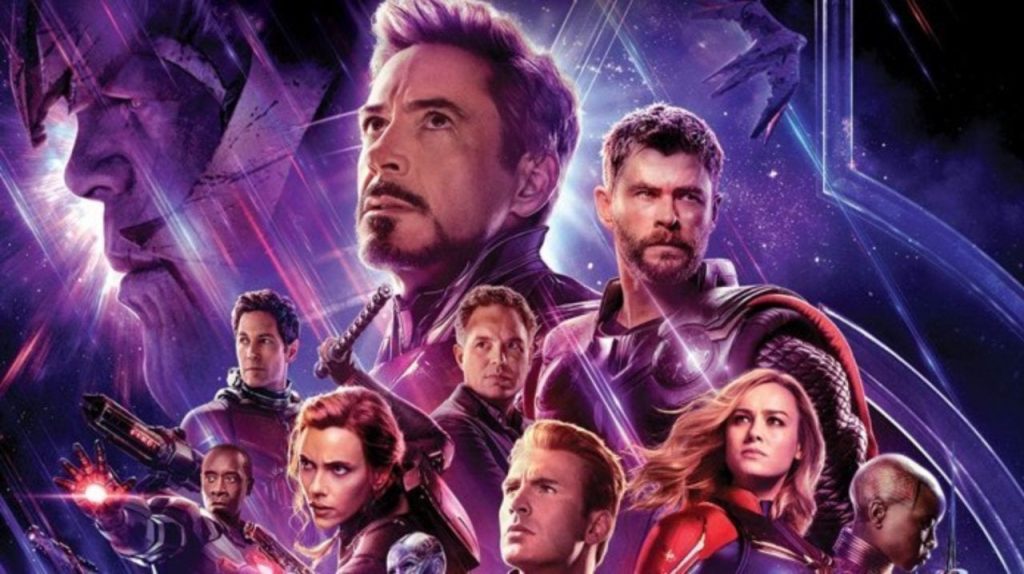
Currently, plans for Phase 4 include a more reasonable schedule of six (vs. 11) planned MCU films, plus the seven or eight Disney+ series, but plans have only been announced through 2021. This may mean that 2021 will mark the end of Phase 4. It will be interesting to see how this next Phase will change the MCU and how it will compare to the major achievement that was Phase 3. But it’s evident that Stan Lee’s original and unique vision of a grounded but expanding Marvel shared universe will remain a solid guideline for whatever comes next.


